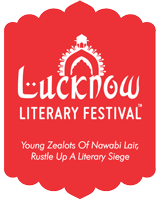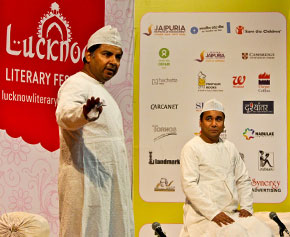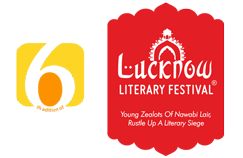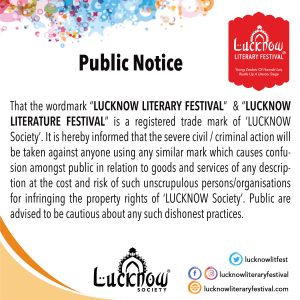Abdul Halim Sharar in Guzishta Lucknow calls this art as ‘extemporaneous composition’. The development of Urdu language in Lucknow was not only limited to letters and court culture. Contributions were made at all levels of society which caused the language to improve, broaden and assume new aspects which were sources of interest to all classes. One such effort was Dastangoi, the art of story telling. Stories with imaginative instincts were recited by dastangos of Lucknow in 18th & 19th century. Mahmood Farooqui described that in 1881, buoyed by the success of the Amir Hamza story, Munshi Newal Kishore Press, Lucknow embarked on a highly ambitious literary print project. He assembled some of the leading Dastangos of Lucknow and commissioned them to produce the entire Hamza narrative as it existed in oral and written records. The result, by the end of a labour of twenty five years, was a series consisting of 46 huge volumes, each about a thousand pages long. It is the crowning glory of Urdu literary tradition and the summit of a thousand years of the Indo-Islamic composite culture.




